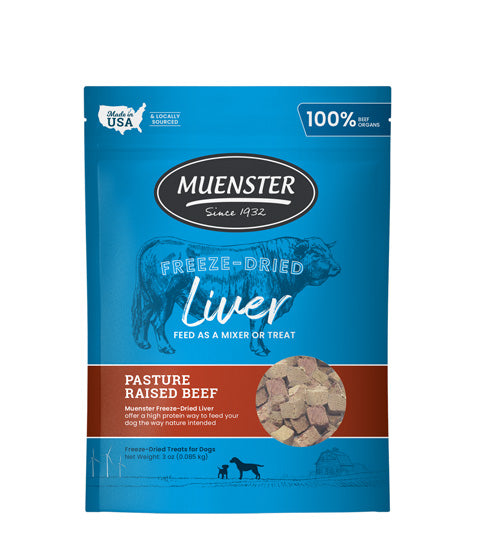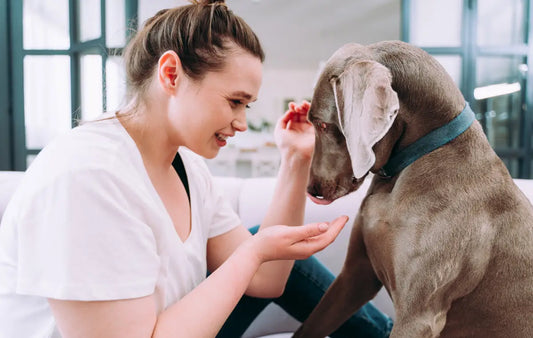With Clear the Shelter events in August, many of our customers have opened their door to a new family member. Adopting a dog and becoming a pet parent is a highly rewarding experience. But as with any new change, there’s a necessary adjustment period. The first few weeks after bringing your fur baby home from the shelter is an especially important and sensitive time.
To find out more we caught up with Certified Dog Trainer & Behavior Specialist, Amber Jester of Operation Kindness, North Texas’ original and largest no-kill animal care and adoption center. Here are some ways to warmly welcome a rescue dog and help make the transition a smooth one.
1. Keep things low key
Your dog may have a hard time understanding all of the recent changes, so ease them in. Even minor everyday situations can be very stressful for a new pet. For the first 1-2 weeks, it’s best to refrain from introducing your pup to anyone that doesn’t live in the household with you. Also, avoid high traffic areas such as the pet store or dog park until the animal has had time to learn to trust you and the two of you have developed a bond.
2. Outline expectations
Sit down with all members of the household and establish clear, consistent expectations for your pet. These may include rules like whether he will be allowed on the furniture. It may also include behavioral cues. For instance, how will you respond if she jumps up in greeting someone? Once everyone is on the same page, make sure you are all consistently rewarding behaviors you want repeated with a high-quality treats like our Freeze-Dried Liver. It’s also a good idea to clearly decide who will be responsible for daily tasks such as feeding, walking, bathing, etc.
3. Set the dog up for success
Take a shopping trip and pre-purchase the necessities before your new pet comes home with you. Make a list of essentials like a collar, leash, bed, food and water dishes, etc. Set up the bed ahead of time, positioning it where it will remain. Then fill the water bowl and set up the crate for unsupervised time. This way the both of you can spend more time getting acquainted and less time setting up.
4. Puppy/Dog proof the house
Get down on all fours and observe the environment from the dog’s perspective. Remove any potential safety risk and valuables until you get to know your new pet better. Don’t forget to evaluate your outdoor space, too! Walk the perimeter of your fence line to ensure there are no potential escape routes. Remove yard debris and other pet feces to prevent the spread of disease.
Make introductions
Introduce your new dog to their new home. Keep them in the room with you using a leash or by shutting doors and provide clear feedback about behaviors you like and behaviors you want your dog to avoid. Get to know your pet before giving the free range of the house to prevent potential destruction or potty accidents.
Establish a feeding schedule
Of all the changes your new friend will experience, adjusting to new dog food can be one of the most challenging. If done too abruptly, it can cause diarrhea and directional upset. To circumvent any food-related tummy troubles, gradually add your high quality dog food in with the feed provided by the shelter or foster home. After mixing for about 7 days it should be safe to make a full switch.
Change is scary, but it doesn’t have to be hard. With a little preparation and a lot of love, you and your new family member will wonder how you ever lived without one another.





